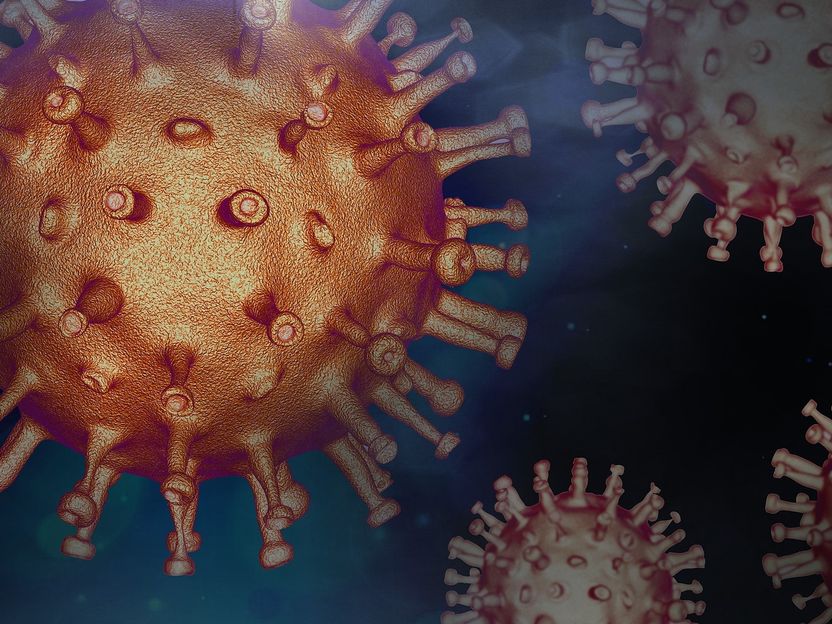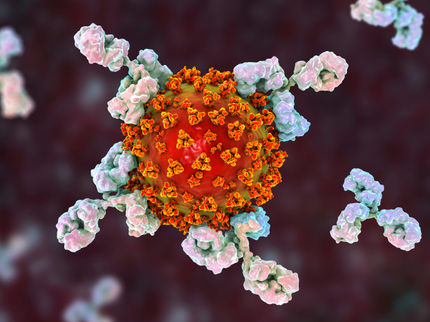Seeking COVID cures: Scientists find promising first step in antiviral treatment
Advertisement
Researchers from Cornell University have identified a possible target for antiviral treatment for Covid-19.

Symbolic image
PIRO4D, pixabay.com, CC0
The researchers initially set out to analyze the structure and characteristics of SARS-CoV (severe acute respiratory syndrome coronavirus) and MERS-CoV (Middle East respiratory syndrome coronavirus), with a focus on the spike protein - specifically the fusion peptide - that allows these viruses to infect cells by transferring their genome.
As the current pandemic escalated, the researchers compared the biological sequences of the fusion peptides of SARS-CoV to SARS-CoV-2, the virus that causes COVID-19, and found them to be a 93% match.
Susan Daniel's lab specializes in the biophysics of the cell membrane envelope; Gary Whittaker's team studies the entry of influenza and coronaviruses into host cells. Their combined group is drilling down into the intricate procedure of membrane fusion - a critical part of the mechanism by which coronaviruses spread.
Membrane fusion is a multistep process that begins with the virus recognizing that it's found the right type of cell to infect. To do this, the virus receives feedback from the chemical environment, including cues like the receptor that the host cell presents. The virus then attaches to the host cell receptor by way of the spike protein.
Next, a piece of the spike protein, called the fusion peptide, interacts directly with the host cell membrane and facilitates merging to form a fusion pore, or opening. The virus then transfers its genome into the host cell through this pore. These genomic instructions essentially commandeer the host's machinery to produce more viruses.
The group found that calcium ions interacting with the fusion peptide can change the peptide's structure, and how it interacts with membranes in ways that promote infection in MERS and SARS. Now, the researchers are turning their attention to SARS-CoV-2 because the fusion peptides are consistent in all three viruses.
The team is hopeful the research can illuminate some of the chemistry-related questions surrounding COVID-19, such as how it was able to move into humans, what chemical cues facilitated that process, and why the virus is able to replicate so easily in the respiratory tract. The team's findings have led to supplemental funding from the National Institutes of Health (NIH), through its Research Project Grant program, to develop an antibody that could block the virus's entry by interacting with the fusion peptide.


























































